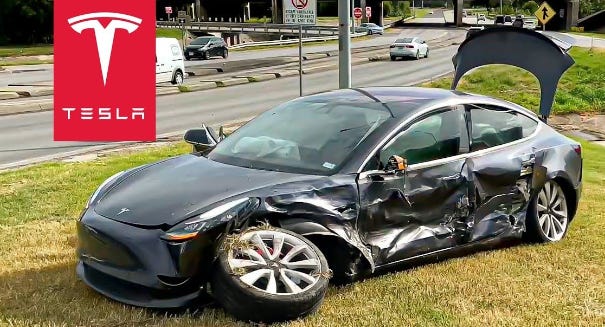Tesla's Q1 Fundamentals Were Much Worse in the 10-Q
5 parts of the 10-Q that should raise eyebrows
Tesla’s Q1 results were bad enough when they released their Shareholder Deck on April 19th and the stock is down 11% since then. But the more detailed 10-Q filing Tesla released on April 24th shows that Q1 earnings were even worse than expected. Here are some key parts of the 10-Q that should raise eyebrows:
IRA Credits Booked in Revenues, Not Regulatory…
Keep reading with a 7-day free trial
Subscribe to Motorhead to keep reading this post and get 7 days of free access to the full post archives.



